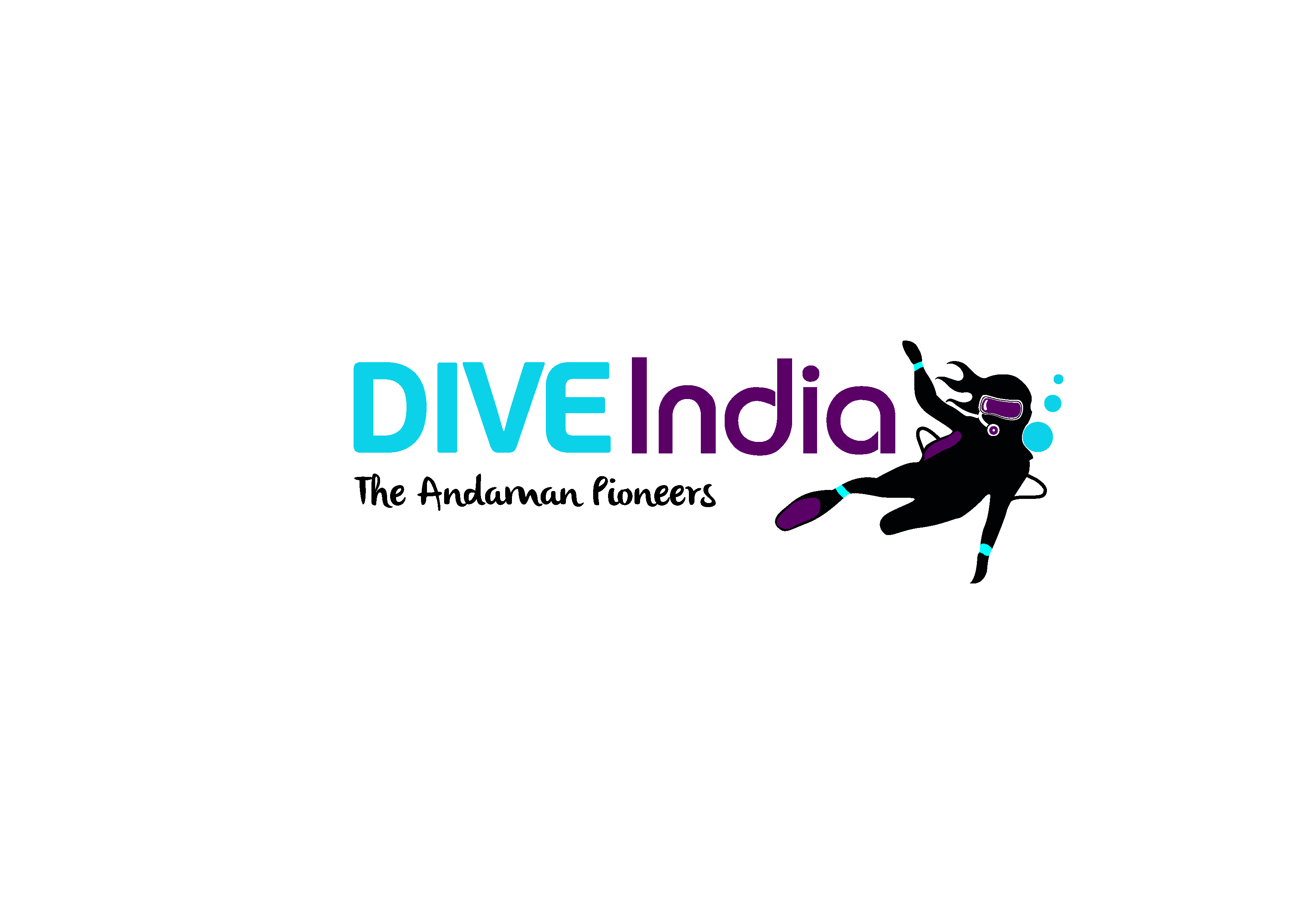The Art & Science Of Floundering About
We all know what a flounder is, and we’ve surely heard of anglerfish, but what in the world is an angler flounder? As though the flounder and angler were each not sci-fi enough, evolution has fashioned this beautiful animal, a.k.a Asterorombus intermedius!
With intricate and elaborate head-to-toe camouflage and a stiff lure protruding from the tip of its mouth, the angler flounder takes the most effective adaptations of two very good predators and blends into something like a super-predator of the sandy bottom. But, why go through all that effort? Is procuring a meal really that difficult in the wild?
For many of us humans these days, finding food would probably mean, cooking a meal after heading over to the market, going to a restaurant, opening the fridge for a quick bite, making a phone call and ordering in (in increasing order of tech sophistication but in decreasing order of per capita effort?). You and I don’t really have to forage, chase or hunt for our food, sustenance and survival. But animals in the wild do, every single time, requiring sophistication and effort! As prey get smarter and harder to catch, predators have no choice but to evolve better strategies to make sure they have that meal on their plate. It is never an overkill.
The angler flounder on the hunt has heightened senses- it swivels each eye, keeping a look out for potential prey- a watchman goby or partner shrimp maybe? Hidden from view by its granular pattern and colour, carefully it crawls over the sandy bottom with webbed fins, waving its bait, casually but concertedly-come fishy-fishy-fishy…
Camouflage for a flounder is extremely effective but also a lot of work. There is the technical aspect of the chromatophores and pigments that need to be constantly redistributed amongst the flounder’s tissues, just the right amount and at just the right time, to give it the right colour, texture and hue. This requires the thinking aspect, where should I position myself? What should I blend in as? Am I on rock or sand or both? Of course, this is where the cleverness aspect comes in- there comes the goby, it is going to turn in my direction in…3…2…1… BAMMM! Meal.
While we might appreciate the beauty of these animals and their wild schemes, it helps to also appreciate all that goes in the making. Take something like camouflage, for instance. The next time you are trying to get too close to a flounder or scorpionfish or any camouflaged animal for that matter, for the thrill of a better view, a photograph or to instigate movement, remember that disturbing it will not only blow its cover, but also cost it a day’s meal!



